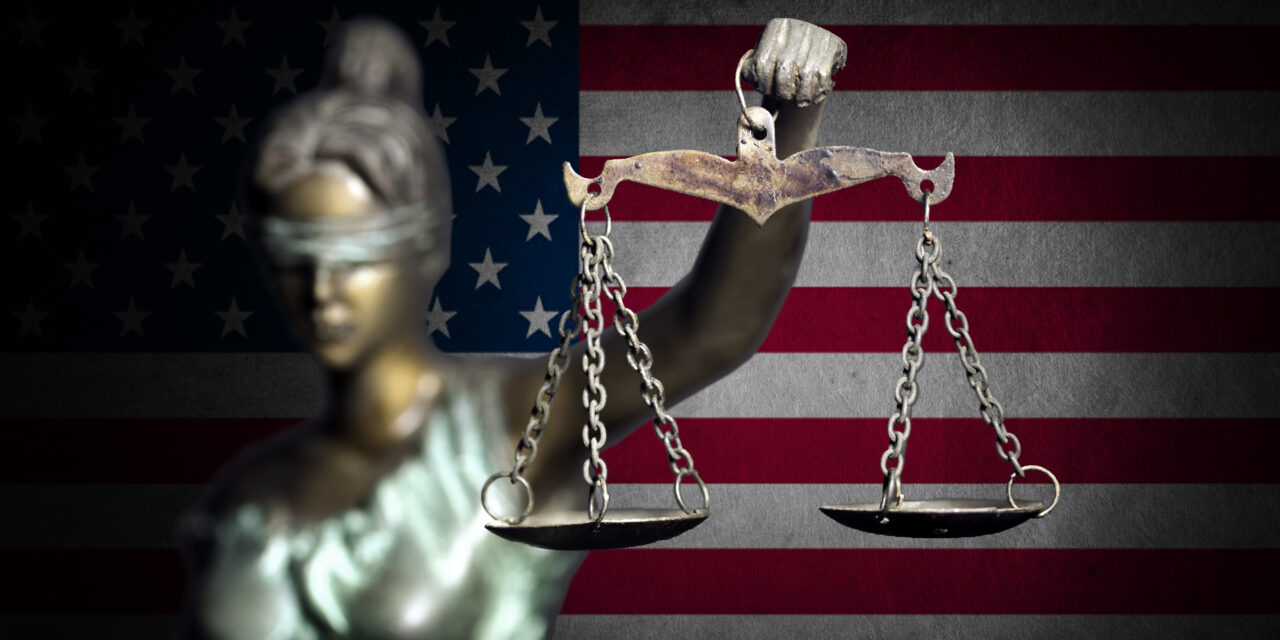In a blockbuster ruling on Thursday, the U.S. Supreme Court ruled affirmative action, as exercised in the college admission processes at Harvard and the University of North Carolina (UNC), are unconstitutional violations of the Equal Protection Clause of the 14th Amendment.
Chief Justice John Roberts authored the majority opinion in this 6-3 decision against UNC and 6-2 decision against Harvard. Roberts was joined by Justices Thomas, Brett Kavanaugh, Samuel Alito, Neil Gorsuch and Amy Coney Barrett.
Justices Sonia Sotomayor, Elena Kagan and Ketanji Brown Jackson dissented in the UNC case. Justice Ketanji Brown Jackson recused herself from the Harvard case as she formerly served on Harvard’s Board of Overseers, leaving Justices Sonia Sotomayor and Elena Kagan as the two remaining dissenters in that case.
The opinion consolidated two cases brought by Students for Fair Admission (SFFA)— Students for Fair Admissions v. Harvard College and Students for Fair Admissions v. University of North Carolina.
As previously reported by the Daily Citizen, both cases were filed in 2014 and have been making their way through the court system.
In both cases, SFFA sued over the schools’ admissions processes. The question presented to the Supreme Court was whether colleges and universities could use race as a factor in admission and whether the admission processes at those schools were a violation of the Constitution.
The majority held, “Because Harvard’s and UNC’s admissions programs lack sufficiently focused and measurable objectives warranting the use of race, unavoidably employ race in a negative manner, involve racial stereotyping, and lack meaningful end points, those admissions programs cannot be reconciled with the guarantees of the Equal Protection Clause.”
The opinion explains that, in the past, the Court permitted race-based admission processes only if they complied with strict scrutiny, never used race as a stereotype or a negative, and had an end point. Roberts wrote that the admission processes at Harvard and UNC, “however well intentioned and implemented in good faith,” failed the criteria.
The Court clarified, “… nothing prohibits universities from considering an applicant’s discussion of how race affected the applicant’s life, so long as that discussion is concretely tied to a quality of character or unique ability that the particular applicant can contribute to the university.”
In other words, as Roberts explains, “the student must be treated based on his or her experiences as an individual—not on the basis of race.”
He also warned that this does not mean that universities can “establish through application essays or other means the regime we hold unlawful today.”
The Court declared, “Many universities have for too long wrongly concluded that the touchstone of an individual’s identity is not challenges bested, skills built, or lessons learned, but the color of their skin. This Nation’s constitutional history does not tolerate that choice.”
In Justice Sonia Sotomayor’s dissent, she claimed the decision “rolls back decades of precedent and momentous progress.”
Justice Clarence Thomas, the Court’s second black justice, wrote in his concurring opinion, “… the Constitution continues to embody a simple truth: Two discriminatory wrongs cannot make a right. … Today … the Constitution prevails.”
He concluded, “I hold out enduring hope that this country will live up to its principles so clearly enunciated in the Declaration of Independence and the Constitution of the United States: that all men are created equal, are equal citizens, and must be treated equally before the law.”
The Court’s ruling will no doubt have widespread ripple effects across the nation as colleges and universities revamp their admission processes to comply with the Supreme Court’s opinion.
Moving forward, institutions of higher education will be required to consider each student applicant based on individual merit and the content of the applicant’s character rather than skin color.
Racial discrimination is always wrong.
We applaud the Supreme Court for a ruling founded on fairness and equal protection under the Constitution.
Photo from Shutterstock.






